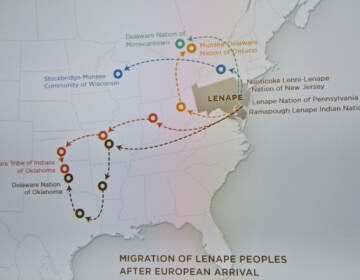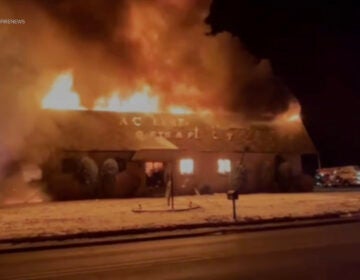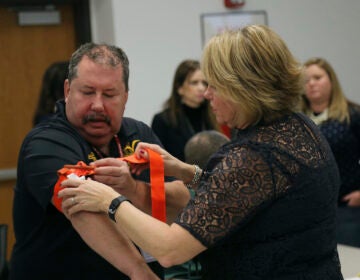A Native American sanctuary in Salem County gets green light to operate as a worship site, but only after ‘interrogation’
The Cohanzick Longhouse Sanctuary sought to continue using its property as a worship site before the Quinton Township planning board.
Listen 5:03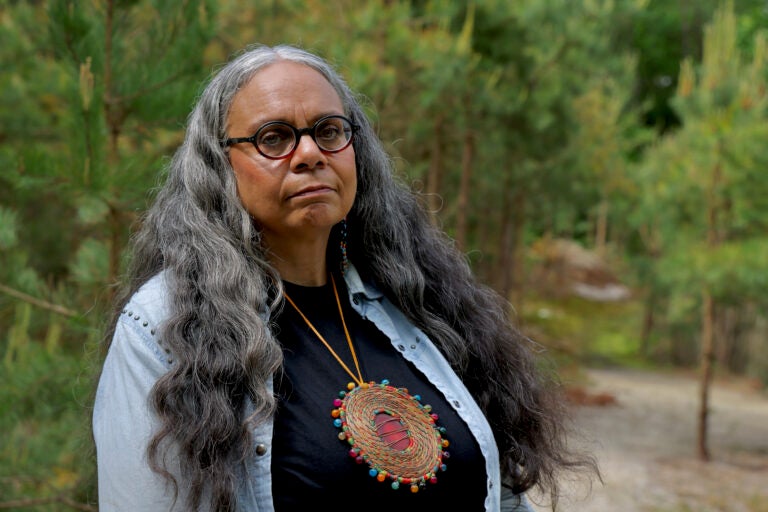
Tyrese Gould Jacinto fought to keep the property's zoning as a place of worship, a status Quinton Township opposed. (Emma Lee/WHYY)
From Camden and Cherry Hill to Trenton and the Jersey Shore, what about life in New Jersey do you want WHYY News to cover? Let us know.
Nine months after the Native American Advancement Corporation (NAAC) bought 63 acres in Quinton Township, it finally received the permits it was seeking.
“Nine has a lot of significance to us,” said Tyrese Gould Jacinto, a member of the Nanticoke Lenni Lenape nation and president and CEO of the corporation. “If you draw the figure nine, it’s infinity.”
On May 14, after more than a half hour of grilling the NAAC’s attorney, the township’s planning board unanimously greenlit the Cohanzick Longhouse Sanctuary to continue as a worship site.
Gould Jacinto, who expects to receive the occupancy certificate sometime in June, reflected on the meeting one week later. Her recollections are not very pleasant.
“I felt heartbroken. I felt numb,” she said. “It felt like I was 150 years in the past. And, although I was peaceful, it was really heartbreaking to feel like we’re not American citizens.”

The site had previously been home to different Christian churches spanning more than five decades and long held continued permission to use the land as a place of worship.
Gould Jacinto was frustrated over questions the board asked her lawyer, queries that put the burden on the attorney to prove that her organization was a valid religious group.
“When I think about it, we never interrogated anyone for their belief system when they came over, ever.”
Appeal of zoning decision becomes a teachable moment
The planning board meeting was standing-room only because a proposed warehouse in the township drew out a lot of residents. Those residents ended up engaging in the discussion about the sanctuary and its right to be a place of worship.

Heather Kumer from the Watershed Law Group represented Gould Jacinto’s group before the planning board.
As board members interrogated her about the modifications to the house and site as it stands currently, Kumer argued that nothing on the property was being modified and explained the only change is the ownership. The property would continue operating as a religious site.
“We’re trying to make this a teachable moment,” Kumer said during her 25-minute presentation. “How often do you see a Native American sanctuary being built anywhere?”
Board members asked about the sanctuary’s memberships, its mission statement and the number of visitors it would expect on days of worship.
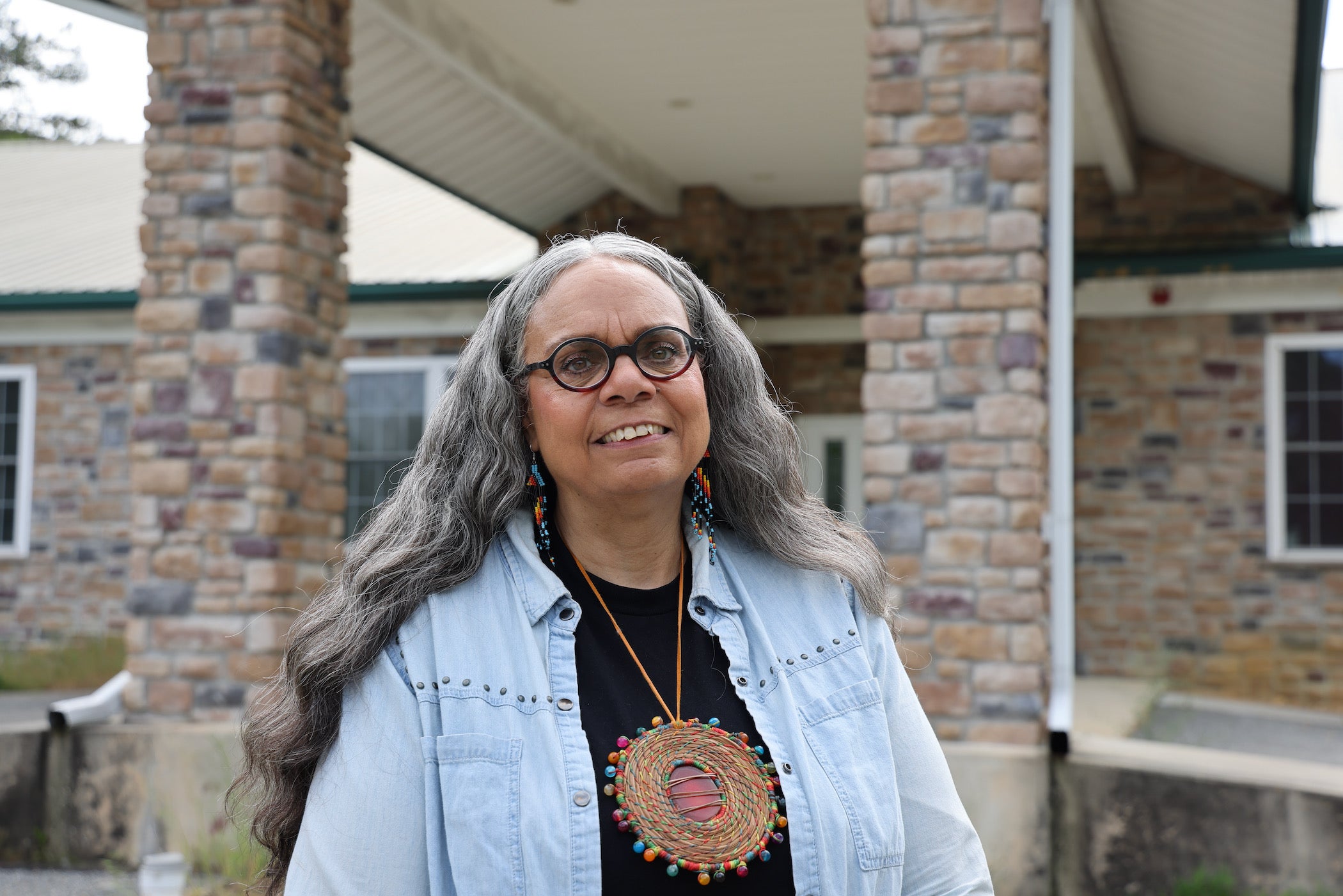
The arguments got heated.
“Do you believe that the township has a legitimate right to inquire as to the intensity of that use?” asked Richard Coe, the planning board’s lawyer.
“No, I think that it’s the freedom of religion with that,” Kumer responded. “As long as there’s nothing within the code that says it’s going to trigger from a change of ownership… We’re talking about just a change of ownership right now.”
“What is the threshold that you’re indicating is an acceptable amount of traffic coming in and out, and that kind of thing?” Coe inquired.
Then a man wearing a NYPD baseball cap in the front row chimed in.
“It should be none of your business,” he said with the audience agreeing with him. “It should be none of your business! That’s what it should be.”
The audience applauded in agreement.
Native American spirituality is much different from other religions
In 1978, the American Indian Religious Freedom Act was passed with the intent to protect the rights of Native Americans to practice their traditional religions and rituals.
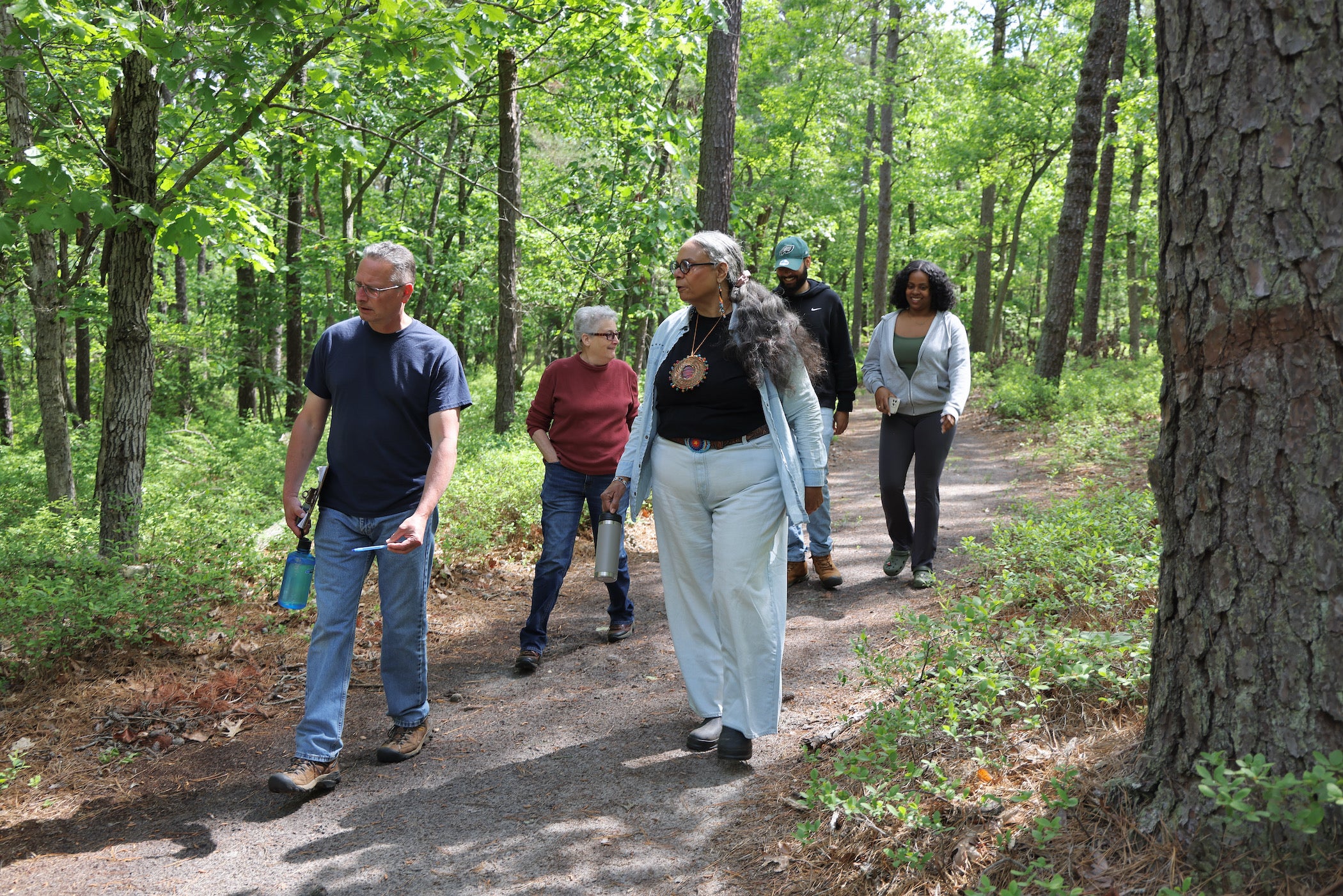
Dr. Mark Clatterbuck, co-director of the Native American and Indigenous Studies program at Montclair State University, said the law was intended to address some of the ways state and federal regulations intentionally and unintentionally obstructed the practice of Indigenous rituals.
“That act was intended to sort of lower those obstacles to allow for the free exercise of religion for tribal communities,” he said, adding that amendments were added in the 1990s to protect the use of peyote in ceremonies.

Without being intentional about ensuring the free practice of religion for Indigenous groups, Clatterbuck said, the default is obstacles and barriers to those practices.
“There are ways that just the system is set up around a Christian-centered society, where there are obstacles that aren’t even intended to be obstacles, that function as obstacles to the practice of Indigenous ceremonial ways,” he stated. “I think that’s what we saw playing out in that meeting, where they are talking past each other. And it’s not enough just to say, ‘Look, we’re a legitimate religion.’ They have to prove it.”
Gould Jacinto said Native Americans “don’t believe in guiding everybody spiritually.”

“We guide everybody to an awakening — we call it a spiritual awakening or symbiosis —‚ to realize that we’re all in a circular… there’s nothing linear. And that we’re a part of nature, we’re not above nature,” she explained.
Clatterbuck gives credit to Kumer and the corporation for being patient and careful while making their case, and reminding everyone that it was a teachable moment.

Saturdays just got more interesting.
WHYY is your source for fact-based, in-depth journalism and information. As a nonprofit organization, we rely on financial support from readers like you. Please give today.



